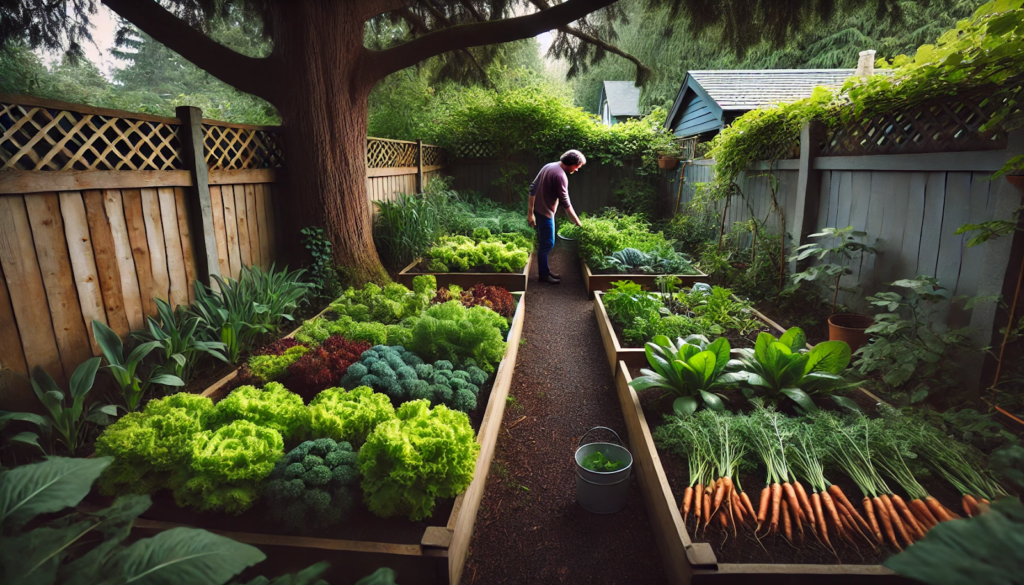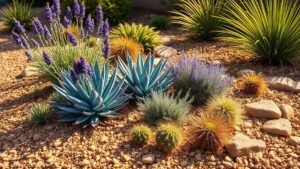Think you need full sun to grow vegetables? Think again. While many crops love sunlight, there are several vegetables that thrive in shady or partially shaded areas. With the right choices and techniques, you can turn even the dimmest parts of your garden into a productive vegetable patch.
In this guide, you’ll learn which vegetables grow best in shade and how to care for them.
1. Understand Shade Types in Your Garden
Before planting, determine what kind of shade you’re working with.
Types of Shade:
- Light shade: A few hours of early morning or late afternoon sun
- Partial shade: 3–4 hours of filtered sunlight per day
- Dappled shade: Light filtered through trees
- Full shade: Less than 2 hours of sun per day
Most vegetables do best in partial or dappled shade.
2. Best Vegetables for Shade
Leafy Greens:
- Lettuce – Grows quickly and doesn’t mind cool, shady areas
- Spinach – Thrives in low light and cool weather
- Kale – Tolerates partial shade and still produces well
- Swiss Chard – Can handle 3–4 hours of sunlight
- Arugula – Prefers cooler, partially shaded spaces
Root Vegetables:
- Carrots – Grow more slowly in shade but still produce
- Beets – Partial shade is ideal for strong root growth
- Radishes – Fast-growing and fine with dappled sun
- Turnips – Can tolerate limited light with moist soil
Herbs:
- Parsley
- Mint
- Cilantro
These herbs grow well with just a few hours of indirect light.
3. Tips for Successful Shade Gardening
Shady gardens need special care to produce healthy vegetables.
Soil:
- Enrich with organic compost for better drainage and nutrients
- Loosen soil for root vegetables to grow easily
- Add mulch to retain moisture and suppress weeds
Water:
- Shaded soil retains moisture longer—water less frequently, but deeply
- Avoid soggy soil which can cause rot and mildew
Light Boosting:
- Use reflective materials (white stones, mirrors, light-colored mulch)
- Prune overhanging trees to increase filtered light
- Use raised beds to elevate plants closer to sunlight
4. Planting and Harvesting in Shade
Vegetables in shade grow slower, but they often have better flavor—especially greens.
Planting:
- Start with transplants rather than seeds for a faster start
- Space plants slightly wider apart for better air circulation
- Grow shade-tolerant varieties from reputable seed companies
Harvesting:
- Pick leafy greens regularly to encourage new growth
- Harvest root crops slightly later to allow full development
- Taste-test frequently—shade-grown crops are often tender and flavorful
5. Extend the Growing Season
Shade can actually protect vegetables from heat, making it easier to garden year-round.
Shade Benefits:
- Slower bolting of lettuce and spinach in summer
- Less risk of sunburn on delicate leaves
- More consistent moisture retention in soil
You can use shade to grow cool-weather crops even during warmer months.
6. Combine with Sun-Loving Plants Strategically
If your garden has mixed light levels, use taller sun-loving plants to create intentional shade.
Example Layout:
- Grow tomatoes or sunflowers along the west side
- Place leafy greens behind them where afternoon sun is blocked
- Use trellises and climbing crops to create light-dappled zones
This technique maximizes the use of available space.
Conclusion: Don’t Let Shade Go to Waste
Shade doesn’t have to be a dead zone in your garden. With the right crops and a little care, shady spaces can produce delicious greens, crisp roots, and fragrant herbs.
Turn overlooked areas into thriving mini-gardens—and enjoy harvests from every corner of your yard.






